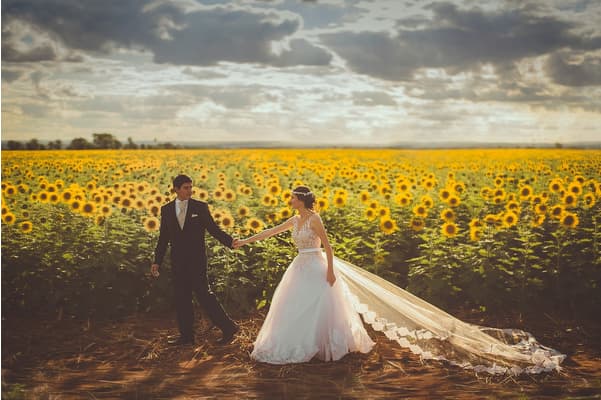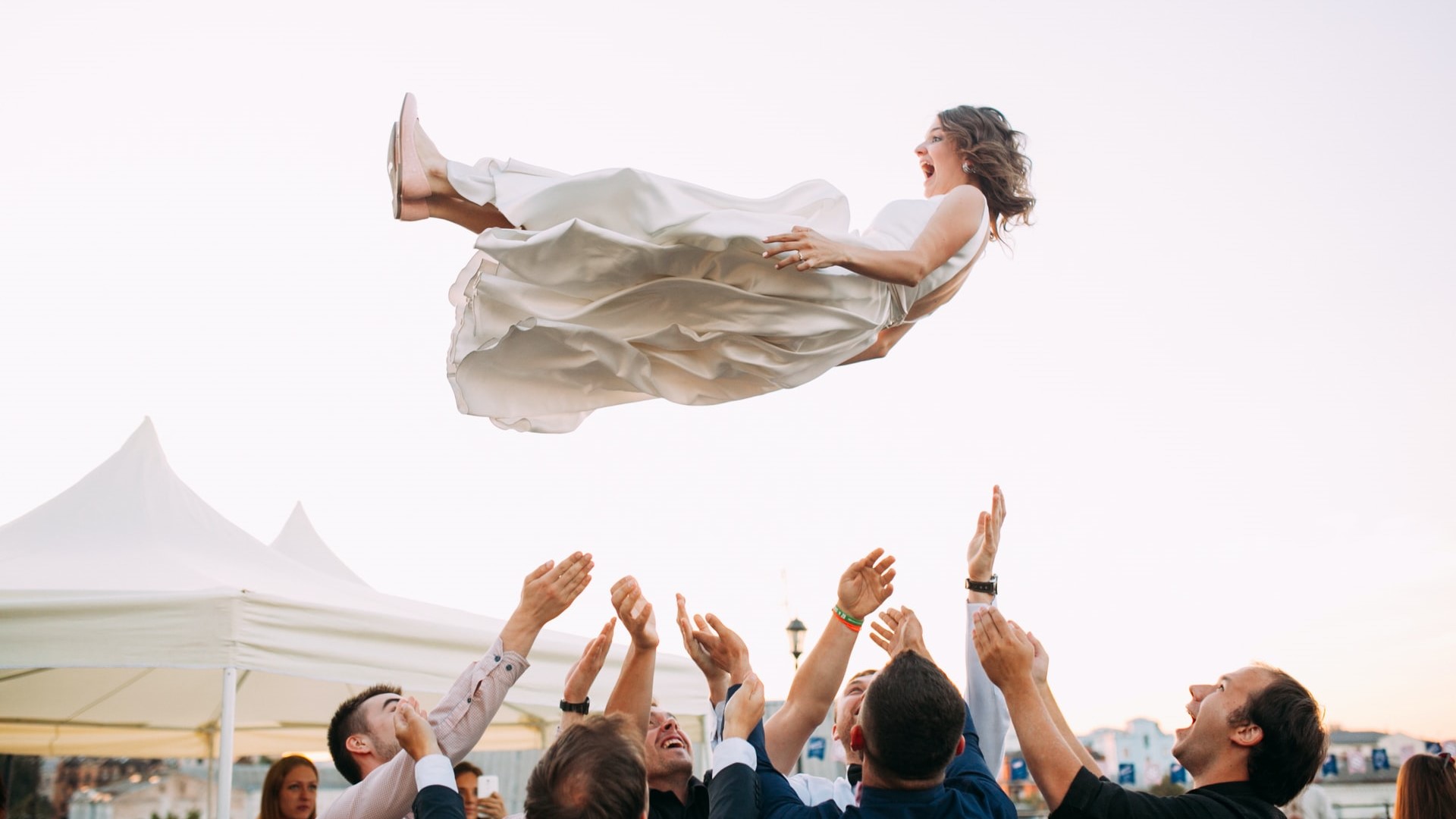A wedding is more than just a ceremony; it is a profound celebration of love, commitment, and unity. Across cultures and generations, weddings have symbolized the coming together of two individuals—and often two families—to embark on a shared journey. From intimate backyard ceremonies to lavish grand affairs, weddings reflect personal stories, cultural values, and the dreams of those involved. Beyond the flowers, music, and attire, the heart of a wedding lies in the promises exchanged and the memories created. Whether traditional or modern, every wedding tells a unique story of connection, hope, and new beginnings.
The Meaning Behind Wedding Traditions
Weddings are rich with traditions that vary from culture to culture, yet many share common themes of love, unity, and prosperity. Each ritual, no matter how small, often carries a symbolic meaning passed down through generations.
For instance, the exchange of rings is one of the most universally recognized wedding traditions. Dating back to ancient Egypt, the circular shape represents eternity, with no beginning or end—symbolizing a love that lasts forever. Similarly, the custom of wearing the wedding ring on the fourth finger of the left hand stems from a Roman belief that a vein, the “vena amoris,” ran directly from that finger to the heart.
Other traditions, like the white wedding dress popularized by Queen Victoria in 1840, have become deeply embedded in many Western cultures. Originally a symbol of purity and wealth, today it often represents joy, new beginnings, and personal style. In Indian weddings, the bride typically wears red, symbolizing prosperity, fertility, and marital bliss.
Even smaller gestures hold meaning. Tossing rice or confetti symbolizes fertility and abundance, while the “something old, something new, something borrowed, something blue” rhyme is believed to bring luck and protection to the bride. Each tradition, whether ancient or newly invented, contributes to the deep emotional resonance of the wedding day.
In recent years, couples have increasingly felt empowered to personalize these traditions—mixing old and new, blending different cultural practices, or even inventing entirely original rituals. Whether through handwritten vows, unity ceremonies involving sand or candles, or inclusive celebrations that reflect diverse backgrounds, today’s weddings often honor tradition while celebrating individuality.

Planning the Perfect Day: Balancing Dreams and Realities
Planning a wedding is both an exciting adventure and a significant undertaking. It requires balancing the couple’s dreams with practical realities like budget, timelines, and guest expectations. Every decision—from the venue and guest list to the menu and entertainment—shapes the overall experience.
The first step for many couples is deciding on the size and style of the event. Will it be a small, intimate gathering or a large, festive celebration? A traditional church wedding or a mountaintop ceremony? A destination wedding or a hometown affair? Setting a clear vision early on can guide all other planning decisions.
Budgeting is crucial and often one of the most challenging aspects. According to studies, the average cost of a wedding can range significantly depending on location, guest count, and style. Prioritizing key elements—whether that’s an incredible photographer, a gourmet menu, or a show-stopping dress—can help couples allocate resources wisely without feeling overwhelmed.
Choosing the right vendors is another essential part of the process. Skilled photographers, caterers, florists, and planners can bring a couple’s vision to life, ensuring that the day runs smoothly. Many couples find that hiring a professional wedding planner reduces stress and allows them to enjoy the process more fully.
Another major aspect of wedding planning today is creating a meaningful guest experience. Personalized details like handwritten notes, custom cocktails, or interactive guest activities can make loved ones feel truly valued. It’s not just about creating a beautiful event—it’s about creating memories that guests will cherish alongside the couple.
Of course, unexpected challenges are part of the journey. Weather mishaps, last-minute cancellations, or logistical hiccups can occur even with the best planning. Remaining flexible, focusing on the bigger picture, and leaning on a support system can make all the difference.
Ultimately, while the details are important, what matters most is the love and commitment being celebrated. A wedding isn’t about achieving perfection; it’s about creating a day that feels authentically joyful, reflective of the couple’s relationship, and meaningful to their community of family and friends.
Conclusion
Weddings are timeless celebrations of love, hope, and shared dreams. They honor the traditions that connect us to our past while embracing the creativity and individuality that define our present. Whether grand or modest, formal or casual, every wedding is a beautiful tapestry woven from countless emotions, stories, and moments.
As trends evolve and new traditions emerge, the essence of a wedding remains unchanged: two people choosing to walk through life together, hand in hand. Planning a wedding may come with its challenges, but at its heart, it’s about love—a force powerful enough to bring people together, bridge cultures, and inspire a lifetime of shared memories.
In the end, a wedding is not just a single day; it is the joyful beginning of an extraordinary journey.

